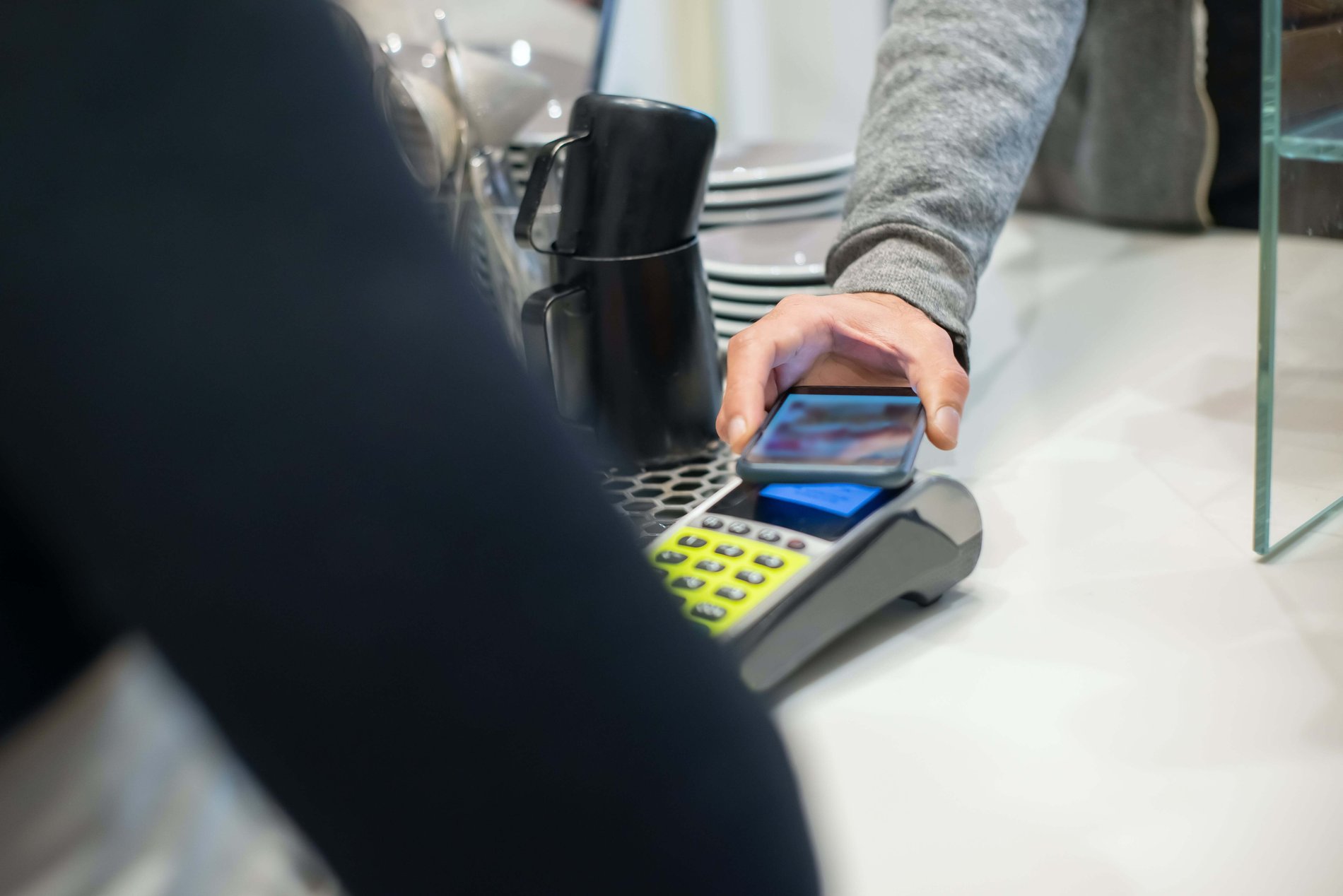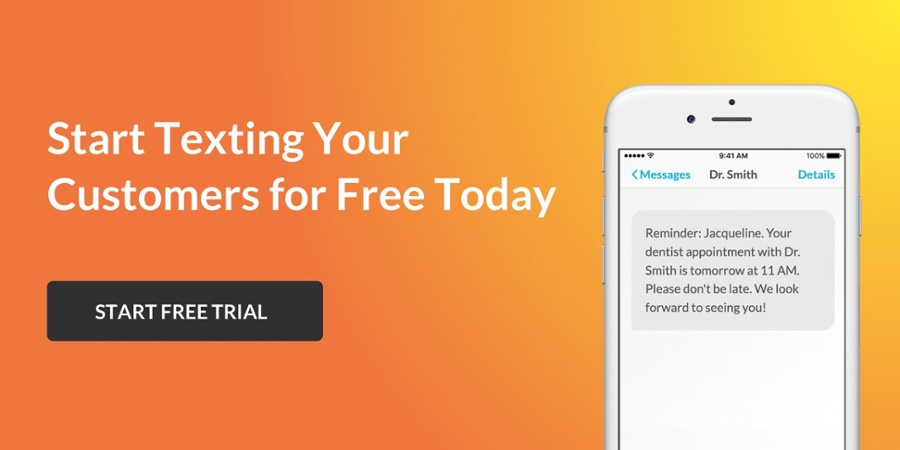When did you last pay using a physical payment like cash or card? If you’re like a growing majority of consumers, it may be days, weeks or months since you’ve last pulled out your wallet to pay. Instead, many transactions now take place via digital methods, like mobile wallets and peer-to-peer apps, as they have become favorable to physical payments.
This is no surprise. Digital payments are quick, easy and secure, and they increase customer satisfaction while saving businesses a great deal of time and resources. To keep up with the growing number of users and digital transactions, the payment ecosystem is set to undergo significant transformations in the coming years.
Here are 8 trends in the payments industry that you can expect to see in 2024:
- SMS payments
- Cryptocurrency integration
- Artificial intelligence (AI)
- Mobile wallets
- Peer-to-peer payment apps
- Biometric authentication
- Social media payments
- Buy now, pay later (BNPL)
SMS Payments
With a 98% open rate, text messaging has become many businesses’ preferred customer communication channel. SMS is the quickest and most effective way for businesses to share updates, alerts and time-sensitive sales offers with consumers. In recent years, SMS has further solidified its place in B2C communication with text-to-pay services.
Text-to-pay allows businesses to text customers an invoice or payment prompt, and customers can pay by inputting their credit card details, using funds in their digital wallet or using their card information on file. Text-to-pay technology uses payment gateways to make payments safe, secure and convenient, mitigating the risk of fraud or invalid payments.
While text-to-pay is a relatively new practice, it offers several advantages to consumers and businesses.
Businesses that use text-to-pay can:
- Streamline and accelerate the billing process
- Reduce order processing issues with SMS payment reminders
- Improve the customer experience by diversifying their payment options
That being said, text-to-pay is being adopted by businesses across multiple industries. We can expect to see text-to-pay continue to grow in popularity in 2024 as SMS payment technologies mature.
Cryptocurrency Integration
Cryptocurrency is a digital currency that doesn’t require a centralized system – like a bank or financial institution – to verify transactions. Unlike traditional currencies issued and regulated by governments, cryptocurrencies operate on decentralized networks that rely on cryptography to secure transactions and control the creation of new units.
While the value of many types of cryptocurrency has dipped in recent years, 2023 brought recovery for the prices of cryptocurrencies. With the crypto market constantly evolving, many types of crypto are expected to gain value in 2024 and secure a foothold in the mainstream market.
As a result, more businesses will begin to accept cryptocurrencies – like Bitcoin – as a form of payment. To keep up with the growing number of transactions made using cryptocurrency, platforms that allow businesses to accept it as a valid form of payment will develop and become more accessible.
The popularity of cryptocurrency payments will also urge payment platforms to increase transaction speeds and lower fees for popular cryptos. More fintech apps and digital banks will also begin to add support for crypto transactions.
Artificial Intelligence (AI)
Artificial intelligence is making its presence known in nearly every customer touchpoint, and it has the potential to transform the payment industry too. While many businesses have adopted AI to automate simple tasks – like replacing customer service agents with chatbots and virtual assistants – we can expect AI to take on a much larger and more complex role within the financial industry.
AI will soon play a role in risk assessment, fraud detection and customer authentication. Furthermore, it may begin to expand into a more public-facing role as financial institutions experiment with using AI to support decisions made by financial advisors and bankers.
That said, concerns are being raised about the growing responsibility of AI – especially in the financial industry, where one wrong move or misprediction may have catastrophic consequences.
Mobile Wallets & Voice-Powered Payments
Mobile wallets are perhaps the most widely accepted form of mobile payment. A mobile wallet is exactly what it sounds like – a place for you to store payment information on your mobile device. As mobile wallets like Apple Pay and Google Pay continue to gain popularity for quick, simple tap-and-go payments, retail businesses must integrate a point-of-sale (POS) system to accept such payments in 2024.
While tap-and-go payments are the go-to contactless payment for many businesses and consumers, we can expect voice-powered payments to gain traction. Voice-powered payments allow customers to make transactions using voice commands using services like Amazon Alexa or Google Assistant. This takes contactless payments one step further, since it doesn’t require consumers to pull out their phones to make payments. We may also see voice-powered payments integrated with peer-to-peer payment apps, like Venmo, in 2024.
Peer-to-Peer Payments Apps
Peet-to-peer (also called P2P or person-to-person) payment apps allow individuals to send and receive money without the need for an intermediary like a bank. Popular peer-to-peer apps like Venmo, CashApp and PayPal allow users to pay their friends and split bills quickly and easily.
Peer-to-peer apps are expected to grow in popularity throughout 2024, and more businesses will begin to accept payments via P2P apps. Furthermore, apps will continue encouraging use by offering special accounts, bonuses, discounts and cashback.
While peer-to-peer apps are popular because of their accessibility and ease of use, they’re also a target for fraud. Scammers impersonating banks, businesses, or people trick users into sending money, and most who fall victim to these scams never receive their money back. As such scams get more sophisticated, peer-to-peer apps must enhance security to protect users’ money and information.
Biometric Authentication
While not a payment method, biometric authentication is one industry trend that will significantly reduce scams on P2P apps and throughout financial institutions in 2024.
Biometric authentication refers to a cybersecurity process that verifies a user’s identity by recognizing their unique biological traits, like facial features, fingerprints and tone of voice. Because biometrics are nearly impossible to replicate, this form of authentication will significantly reduce fraud, making the feature an increasingly popular trend as payment options become more diverse.
Many banks and financial institutions have already adopted biometric authentication as a form of confirming user identity – and, in 2024, we can expect to see P2P apps do the same.
Social Media Payments
In-app purchases on social media apps have recently exploded in popularity. Here are some of the ways that social platforms are encouraging transactions:
- eCommerce Shops. Many eCommerce businesses have expanded their shops onto social platforms, allowing users to shop directly on the app. This strategy makes purchases easier for social media users by reducing the navigation needed to buy a product or service.
- Subscription-based services. Some social platforms now offer subscription-based services that offer premium content and features to users who pay a recurring fee.
- In-app purchases. Virtual goods are available on several platforms. TikTok, for example, allows users to buy “Coins” with real money. Coins can be used to buy virtual goods.
- Fundraising. Apps like Instagram allow users to create and share fundraisers for different causes.
Social commerce generates billions of dollars in revenue every year, and the market will continue to grow sharply in 2024.
While many safe, valid transactions can be made on social media, some are more murky. TikTok shop debuted in late 2023, and many ethical concerns have been raised about the legitimacy and safety of the products offered. These concerns may be a gateway for much larger conversations about security measures and safety surrounding social media transactions in 2024.
Buy Now, Pay Later (BNPL)
Buy Now, Pay Later (BNPL) is a short-term installment loan that allows consumers to purchase a product or service and pay for it through a series of payments over time with no interest. This is an attractive option for consumers making a large purchase and for anyone who cannot afford to pay all at once.
To use BNPL, consumers must choose a provider at checkout and agree to the terms of the financing agreement. Next, they must make a down payment, and the remaining balance is divided into a series of equal installments. If the consumer pays each installment on time, there is no interest or added fees.
BNPL has quickly become one of the swiftest expanding trends in digital payments, and this trend will continue through 2024. Businesses can boost sales by encouraging customers to pay for their products or services using BNPL.
Streamline Mobile Payments with Text-to-Pay by Textedly
Mobile transactions have quickly become the go-to payment method for businesses and consumers. As the payment industry evolves, businesses must stay one step ahead of current trends to maximize profit and ensure customer satisfaction.
Text-to-pay by Textedly enables you to send payment reminders, simplify recurring payments and optimize cash flow through a secure system that safeguards your customers’ data. You can also set reminders to resend messages on past-due accounts, process payments in real time, and receive your funds faster than with other collection options.
Businesses across multiple industries are adopting text-to-pay. Get ahead of the curve with Textedly’s text-to-pay service.







.png)